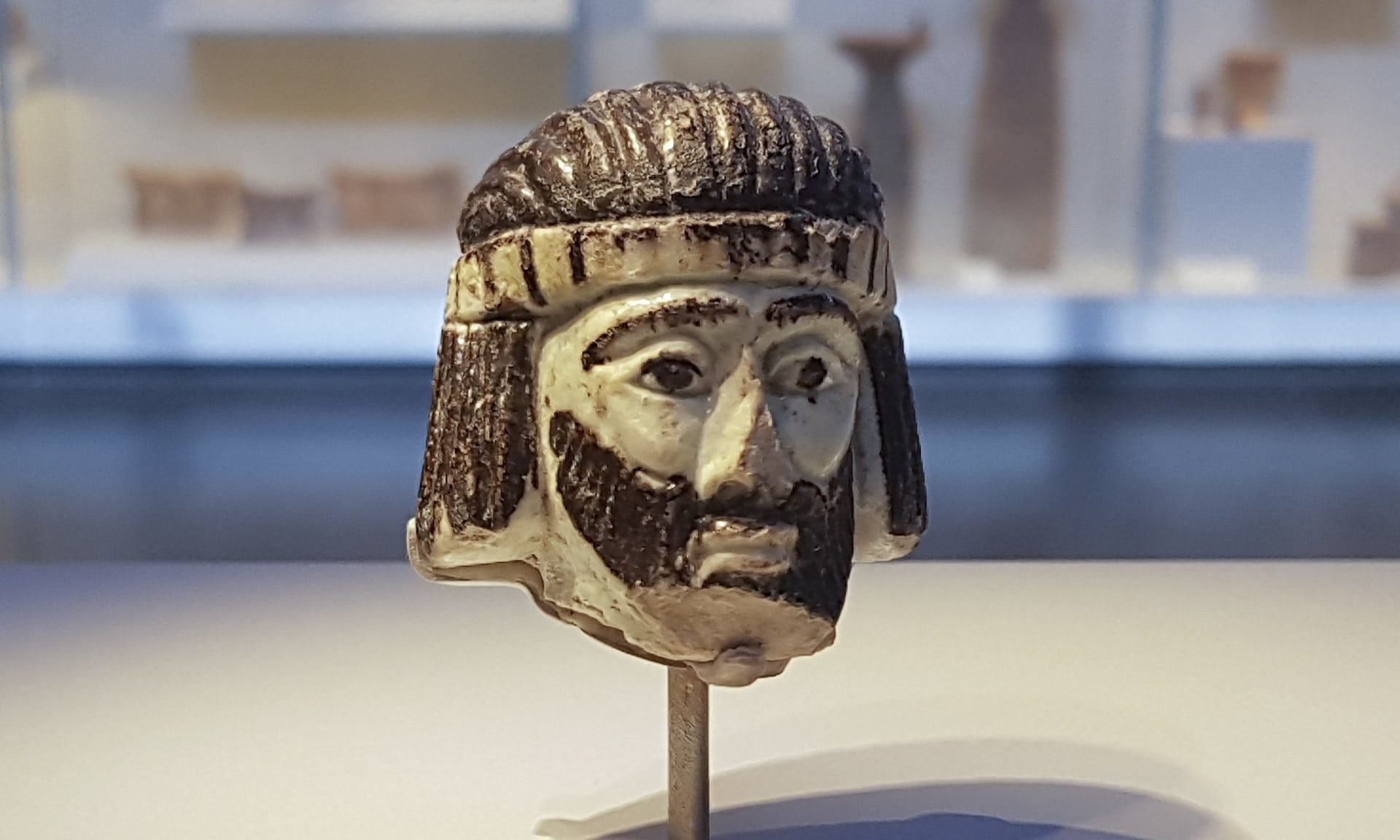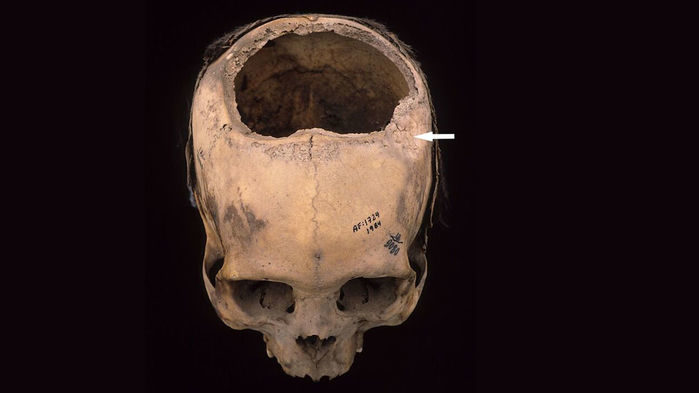
© Getty Images
Back when the existential competition between the communist USSR and the capitalist USA was reaching its fevered pitch, the CIA
published a report on Communist bloc interrogation techniques - which it denounced as
"police tactics which would not be condoned in a democratic country."The 1956 CIA study was commissioned amid Cold War hysteria surrounding reports of the Communists' seeming ability to "brainwash" prisoners - coaxing them to "
confess" to all manner of things that were untrue.
"The Communists," the report's authors explain, "do not look upon these assaults as 'torture.'" Instead, interrogators, "in a typical legalistic manner," use methods that allow them to conform to Communist theory which demands that "no force or torture be used in extracting information from prisoners."What were those nefarious techniques favored by the Communists? Well, they were not the waterboarding, forced rectal feeding,
sexual threats, or mock burials almost universally considered torture that were deployed during the Bush-Cheney administration's "enhanced interrogation" program.
Instead,
the Communists' "brain washing" featured some of the CIA's milder (still terrible) interrogation techniques, including the systematic use of stress positions, "isolation, anxiety, fatigue, lack of sleep, uncomfortable temperatures, and chronic hunger" - with the ultimate goal of making the prisoner "docile and compliant," according to the 1956 report titled: "Brainwashing: From A Psychological Viewpoint."
The Communist interrogation regime was designed
with the goal of "breaking the will" of prisoners, and to get high-profile prisoners to admit to their own guilt - regardless of actual culpability - during "show trials" and the like.
"But these [Soviet] methods do constitute torture," the CIA's author declares, "and physical coercion should
never be considered otherwise [emphasis added]."



Comment: They were right, such tactics would not be condoned in any real democratic country. So what does that say about the U.S.?